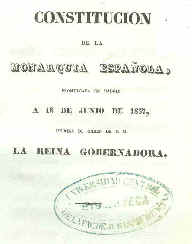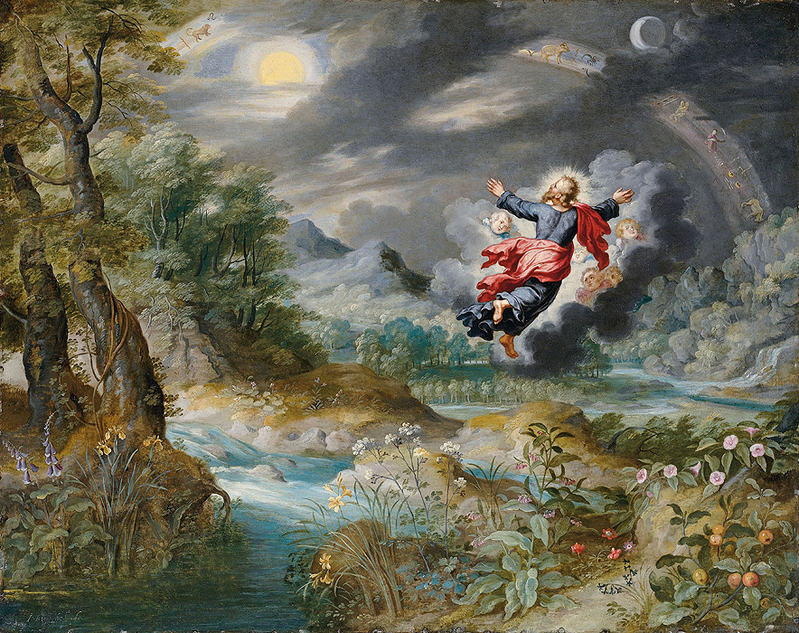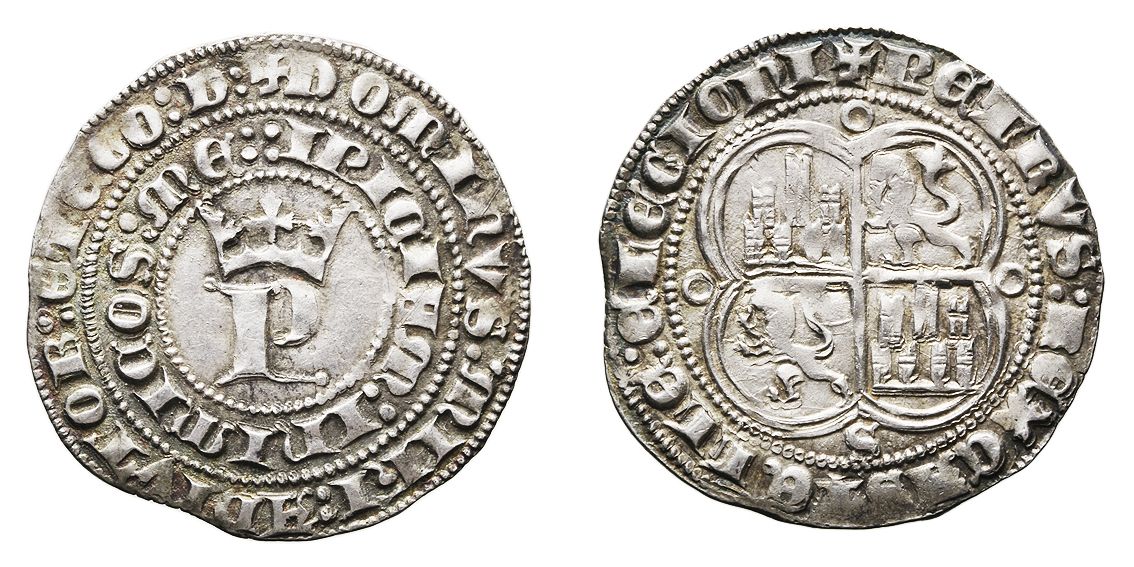|
Spanish Constitution Of 1837
The Spanish Constitution of 1837 was the constitution of Spain from 1837 to 1845. Its principal legacy was to restore the most progressive features of the Spanish Constitution of 1812 and to entrench the concepts of constitutionalism, parliamentarism, and separation of powers in Spain. Development and characteristics In 1836 a coup by sergeants of the Spanish Royal Guard at La Granja de San Ildefonso (Province of Segovia) obliged the regent Maria Christina of the Two Sicilies to name a government dominated by the Progressive Party. That government initially superseded the Royal Statute of 1834 by reinstating the Constitution of 1812 (the "Cádiz Constitution"), and called a Constituent Cortes that was also dominated by Progressives, to develop the new Constitution of 1837. Despite this Progressive domination of the process, the resulting constitution was roughly intermediate between the Cádiz Constitution and the Royal Statute of 1834, in hopes of gaining support from the ... [...More Info...] [...Related Items...] OR: [Wikipedia] [Google] [Baidu] |
Rights
Rights are legal, social, or ethical principles of freedom or entitlement; that is, rights are the fundamental normative rules about what is allowed of people or owed to people according to some legal system, social convention, or ethical theory. Rights are of essential importance in such disciplines as law and ethics, especially theories of justice and deontology. Rights are fundamental to any civilization and the history of social conflicts is often bound up with attempts both to define and to redefine them. According to the ''Stanford Encyclopedia of Philosophy'', "rights structure the form of governments, the content of laws, and the shape of morality as it is currently perceived". Definitional issues One way to get an idea of the multiple understandings and senses of the term is to consider different ways it is used. Many diverse things are claimed as rights: There are likewise diverse possible ways to categorize rights, such as: There has been considerable debate a ... [...More Info...] [...Related Items...] OR: [Wikipedia] [Google] [Baidu] |
1837 In Spain
Events from the year 1837 in the Kingdom of Spain. Incumbents *Monarch: Isabella II *Regent: Maria Christina of the Two Sicilies *Prime Minister - ** until 18 August - José María Calatrava y Peinado ** 18 August-18 October - Baldomero Espartero, Prince of Vergara ** 18 October-16 December - Eusebio Bardají y Azara ** starting 16 December - Narciso Fernández de Heredia, 2nd Count of Heredia-Spínola Events *March 16 - Battle of Oriamendi *March 24 - Battle of Huesca *August 24 - Battle of Villar de los Navarros *September - Battle of Aranzueque Births Date unknown * Miguel Villalba Hervás (1837–1899), politician, lawyer, journalist and historian Deaths *July 27 - Pablo Morillo * Pedro Sarsfield See also *First Carlist War The First Carlist War was a civil war in Spain from 1833 to 1840, the first of three Carlist Wars. It was fought between two factions over the succession to the throne and the nature of the Spanish monarchy: the conservative and devolut ... [...More Info...] [...Related Items...] OR: [Wikipedia] [Google] [Baidu] |
1837 In Law
Events January–March * January 1 – The destructive Galilee earthquake causes 6,000–7,000 casualties in Ottoman Syria. * January 26 – Michigan becomes the 26th state admitted to the United States. * February – Charles Dickens's ''Oliver Twist'' begins publication in serial form in London. * February 4 – Seminoles attack Fort Foster in Florida. * February 25 – In Philadelphia, the Institute for Colored Youth (ICY) is founded, as the first institution for the higher education of black people in the United States. * March 1 – The Congregation of Holy Cross is formed in Le Mans, France, by the signing of the Fundamental Act of Union, which legally joins the Auxiliary Priests of Blessed Basil Moreau, CSC, and the Brothers of St. Joseph (founded by Jacques-François Dujarié) into one religious association. * March 4 ** Martin Van Buren is sworn in as the eighth President of the United States. ** The city of Chicago is incorporated. April–June * April 12 ... [...More Info...] [...Related Items...] OR: [Wikipedia] [Google] [Baidu] |
Constitutions Of Spain
:''Go directly to the Table'' Spain has proclaimed a number of Constitutions. The current Constitution of Spain of 1978 is the culmination of the Spanish transition to democracy. The idea of a national constitution for Spain arose from the Declaration of the Rights of Man and of the Citizen initiated as a result of the French Revolution. The earliest constitution was written and promulgated in 1808 when Napoleon invaded Spain, Bourbon monarchs Ferdinand VII and Charles IV abdicated, and Napoleon placed his brother Joseph Bonaparte on the throne. A constitution was drafted and the ''Junta Española'' Joseph I signed it. A major feature of the Constitution of 1808 was the provision for representation by Spanish America on an equal basis with the peninsula. Although signed by Spanish aristocrats and the new monarch, few in Spain recognized this document. With the eruption of the Peninsular War to oust the French invaders. A new Cortes was summoned and met at Cádiz, which inc ... [...More Info...] [...Related Items...] OR: [Wikipedia] [Google] [Baidu] |
Spanish Constitution Of 1845
The Constitution of 1845 replaced the more liberal constitution established in 1837. Imposed by the Moderate Party when it took control of parliament, the Constitution of 1845 drastically constricted suffrage, among other changes. While parliament ratified another new constitution in 1856 when Republicans regained control, it was never implemented due to a coup. The Constitution of 1845 thus remained in effect until 1869, when it was replaced by a constitution providing for a constitutional monarchy and other liberalizing provisions, following the Glorious Revolution of 1868. External links Text of the Constitution of 1845�� Constitutions of Spain 1845 in law Constitution A constitution is the aggregate of fundamental principles or established precedents that constitute the legal basis of a polity, organisation or other type of entity and commonly determine how that entity is to be governed. When these princ ... Spain 1845 Constitution of 1845 1845 document ... [...More Info...] [...Related Items...] OR: [Wikipedia] [Google] [Baidu] |
Spanish Real
The ''real'' (English: /ɹeɪˈɑl/ Spanish: /reˈal/) (meaning: "royal", plural: ''reales'') was a unit of currency in Spain for several centuries after the mid-14th century. It underwent several changes in value relative to other units throughout its lifetime until it was replaced by the '' peseta'' in 1868. The most common denomination for the currency was the silver eight-''real'' Spanish dollar (''Real de a 8'') or peso which was used throughout Europe, America and Asia during the height of the Spanish Empire. History In Spain and Spanish America The first real was introduced by King Pedro I of Castile in the mid 14th century, with 66 minted from a ''Castilian mark'' of silver (230.0465 grams) in a fineness of (0.9306), and valued of 3 ''maravedíes''. It circulated beside various other silver coins until a 1497 ordinance eliminated all other coins and retained the real (now minted 67 to a mark of silver, 0.9306 fine, fine silver of 3.195 grams) subdivided into 34 ... [...More Info...] [...Related Items...] OR: [Wikipedia] [Google] [Baidu] |
Censitary Suffrage
Suffrage, political franchise, or simply franchise, is the right to vote in public, political elections and referendums (although the term is sometimes used for any right to vote). In some languages, and occasionally in English, the right to vote is called active suffrage, as distinct from passive suffrage, which is the right to stand for election. The combination of active and passive suffrage is sometimes called ''full suffrage''. In most democracies, eligible voters can vote in elections of representatives. Voting on issues by referendum may also be available. For example, in Switzerland, this is permitted at all levels of government. In the United States, some states such as California, Washington, and Wisconsin have exercised their shared sovereignty to offer citizens the opportunity to write, propose, and vote on referendums; other states and the federal government have not. Referendums in the United Kingdom are rare. Suffrage is granted to everybody mentally capable, i ... [...More Info...] [...Related Items...] OR: [Wikipedia] [Google] [Baidu] |
Universal Suffrage
Universal suffrage (also called universal franchise, general suffrage, and common suffrage of the common man) gives the right to vote to all adult citizens, regardless of wealth, income, gender, social status, race, ethnicity, or political stance, subject only to certain exceptions as in the case of children, felons, and for a time, women.Suffrage ''Encyclopedia Britannica''. In its original 19th-century usage by reformers in Britain, ''universal suffrage'' was understood to mean only ; the vote was extended to women later, during the |
Upper House
An upper house is one of two Debate chamber, chambers of a bicameralism, bicameral legislature, the other chamber being the lower house.''Bicameralism'' (1997) by George Tsebelis The house formally designated as the upper house is usually smaller and often has more restricted power than the lower house. A legislature composed of only one house (and which therefore has neither an upper house nor a lower house) is described as Unicameralism, unicameral. Definite specific characteristics An upper house is usually different from the lower house in at least one of the following respects (though they vary among jurisdictions): Powers: *In a parliamentary system, it often has much less power than the lower house. Therefore, in certain countries the upper house **votes on only limited legislative matters, such as constitutional amendments, **cannot initiate most kinds of legislation, especially those pertaining to supply/money, fiscal policy **cannot vote a motion of no confidence again ... [...More Info...] [...Related Items...] OR: [Wikipedia] [Google] [Baidu] |
Lower House
A lower house is one of two Debate chamber, chambers of a Bicameralism, bicameral legislature, the other chamber being the upper house. Despite its official position "below" the upper house, in many legislatures worldwide, the lower house has come to wield more power or otherwise exert significant political influence. The lower house, typically, is the larger of the two chambers, meaning its members are more numerous. Common attributes In comparison with the upper house, lower houses frequently display certain characteristics (though they vary per jurisdiction). ;Powers: * In a parliamentary system, the lower house: **In the modern era, has much more power, usually based on restrictions against the upper house. **Is able to override the upper house in some ways. **Can vote a motion of no confidence against the government, as well as vote for or against any proposed candidate for head of government at the beginning of the parliamentary term. **Exceptions are Australia, where ... [...More Info...] [...Related Items...] OR: [Wikipedia] [Google] [Baidu] |
Belgium
Belgium, ; french: Belgique ; german: Belgien officially the Kingdom of Belgium, is a country in Northwestern Europe. The country is bordered by the Netherlands to the north, Germany to the east, Luxembourg to the southeast, France to the southwest, and the North Sea to the northwest. It covers an area of and has a population of more than 11.5 million, making it the 22nd most densely populated country in the world and the 6th most densely populated country in Europe, with a density of . Belgium is part of an area known as the Low Countries, historically a somewhat larger region than the Benelux group of states, as it also included parts of northern France. The capital and largest city is Brussels; other major cities are Antwerp, Ghent, Charleroi, Liège, Bruges, Namur, and Leuven. Belgium is a sovereign state and a federal constitutional monarchy with a parliamentary system. Its institutional organization is complex and is structured on both regional ... [...More Info...] [...Related Items...] OR: [Wikipedia] [Google] [Baidu] |






